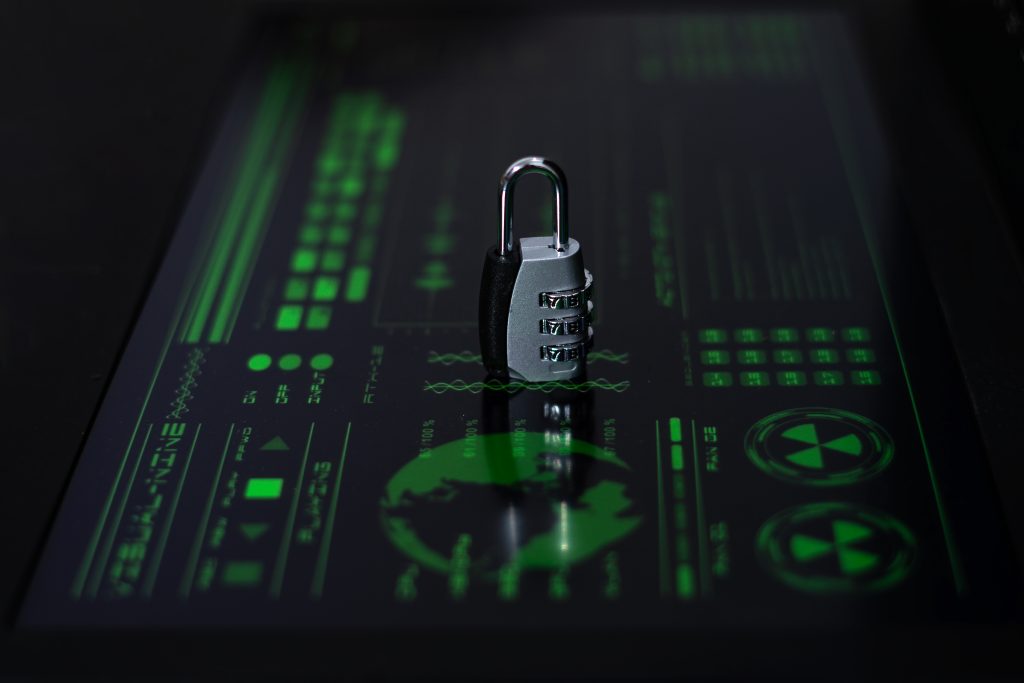In 2025, two-factor authentication (2FA) is more than a checkbox for security—it’s a critical defense against rising cyber threats. By requiring two forms of verification, 2FA significantly reduces unauthorized access risks. This blog explores whether 2FA is just a routine step or a vital shield in cybersecurity solutions, offering strategies to maximize its impact for user security and brand trust.
What is Two-Factor Authentication and Why It Matters
2FA combines something you know (e.g., a password) with something you have (e.g., a code sent to your phone) or are (e.g., biometrics). This dual-layer approach makes it harder for attackers to breach accounts. Why is this essential? With phishing and data breaches surging, 2FA is a cornerstone of secure authentication in cybersecurity trends 2025. Is your organization leveraging 2FA effectively?
The Power of 2FA in Cybersecurity
2FA drastically reduces risks—studies show it blocks 99.9% of automated attacks. For example, a fintech app using 2FA via SMS or biometrics can prevent fraudulent logins. By enhancing user data protection, 2FA builds user confidence and aligns with secure UX design. How does 2FA strengthen your platform’s security?
Strategies for Implementing Effective 2FA
To maximize 2FA’s effectiveness, adopt these five strategies:
- Use Biometric Options: Integrate fingerprint or facial recognition for seamless security.
- Offer Multiple Methods: Provide SMS, app-based codes, or hardware tokens for flexibility.
- Educate Users: Explain 2FA’s benefits to boost adoption rates.
- Ensure Fast Delivery: Optimize code delivery to avoid user frustration.
- Monitor for Anomalies: Use AI to detect suspicious login attempts.
These 2FA best practices enhance cybersecurity for brands. Which approach will you prioritize?
Challenges of 2FA Implementation
Despite its benefits, 2FA faces challenges like user resistance due to added steps or technical issues with code delivery. Accessibility for users without smartphones is another hurdle. By addressing these 2FA implementation challenges, brands can ensure seamless adoption. Are you balancing security with user convenience?
Tools for Seamless 2FA Integration
Leverage these tools to implement robust 2FA:
- Auth0: Simplifies secure authentication across platforms.
- Duo Security: Offers user-friendly 2FA solutions.
- Google Authenticator: Provides reliable app-based codes.
- Okta Verify: Integrates 2FA with identity management.
These authentication tools align with 2FA trends 2025, ensuring strong security. Which tool fits your needs?
The Future of 2FA in Cybersecurity
In 2025, 2FA trends will evolve with AI-driven adaptive authentication and passwordless systems, further enhancing security. Brands must ask: Is 2FA enough to stay ahead of threats? By embracing advanced authentication methods and cybersecurity solutions, companies can transform 2FA into a vital shield, safeguarding users and boosting brand trust.



